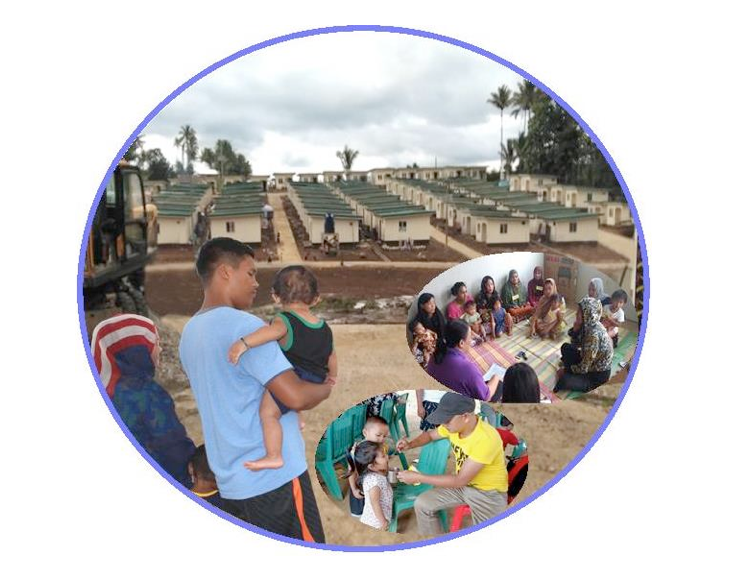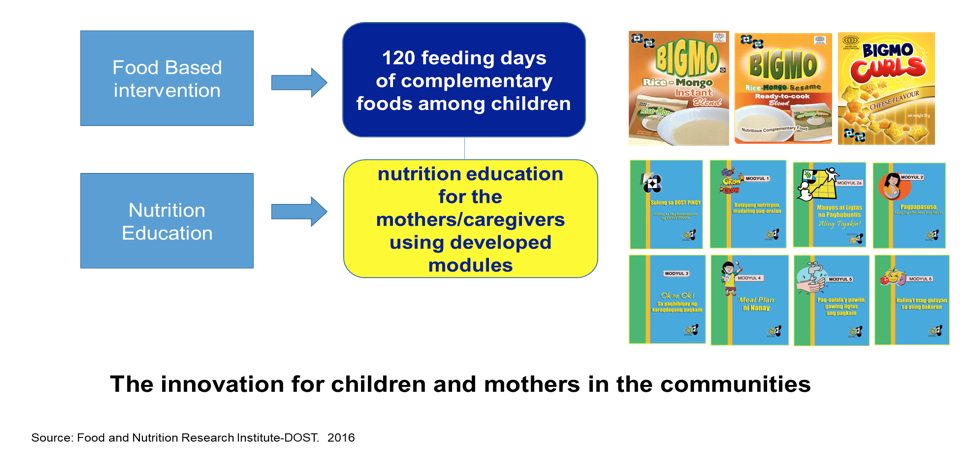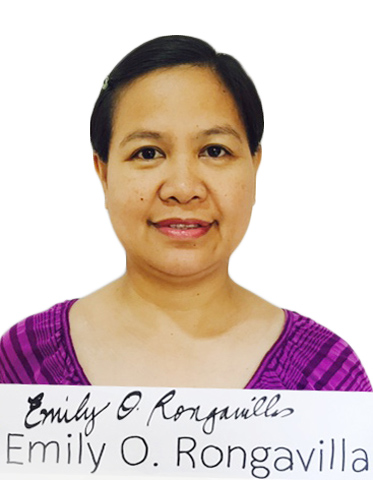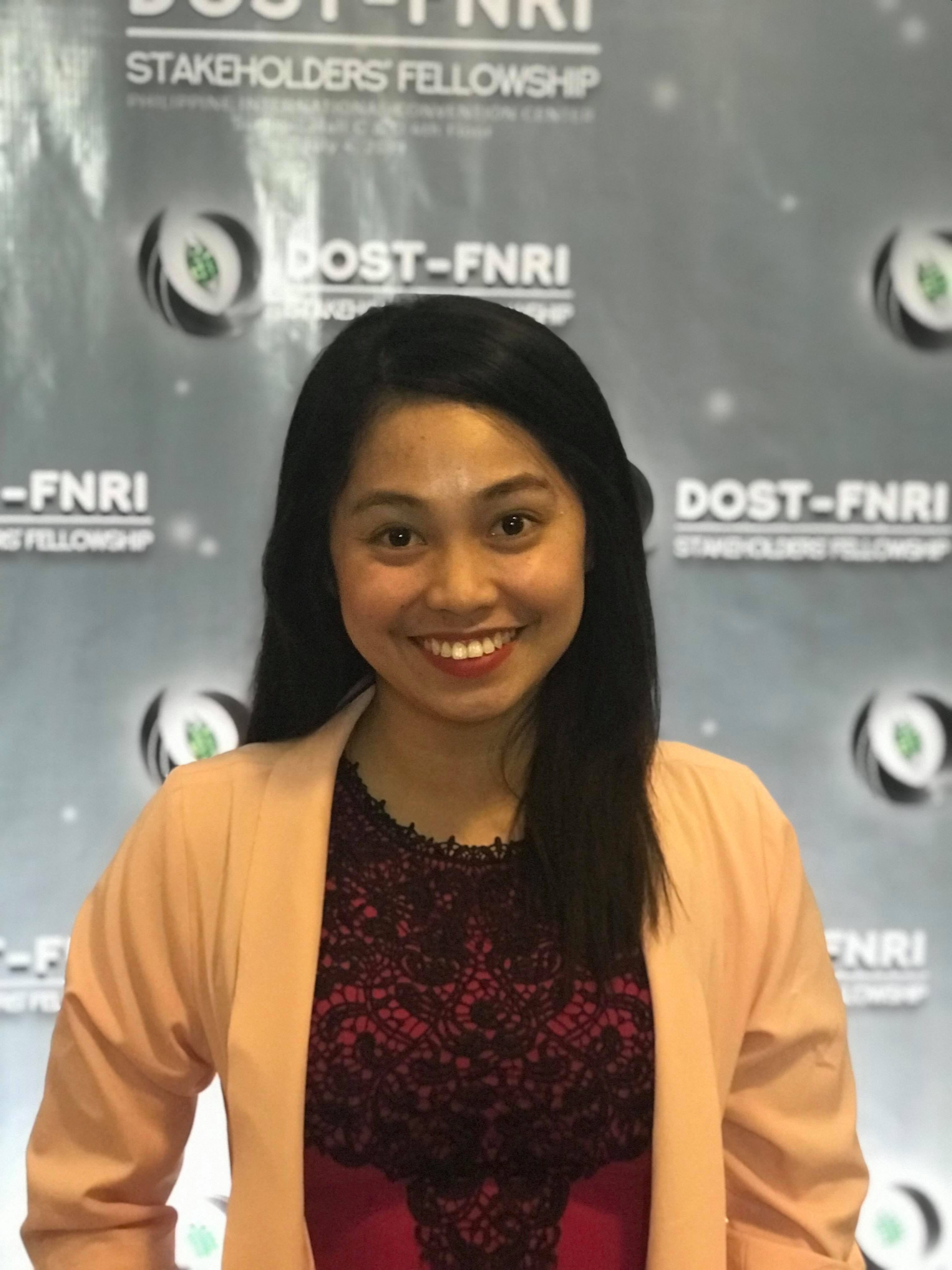
Photos taken by the project Tabang MARAWI team during the pilot implementation of the intervention in Marawi City, Philippines. The background is the temporary shelter, the study site where the participants reside as shown with a typical family. The inset photos include a father feeding his child with the complementary foods and a focus discussion with mothers in the temporary Shelter.
The Social Problem and Context
The current situation of children continuously poses as a social development concern, particularly the problem of malnutrition among children 0 to 5 years of age which has been persistent throughout the years. In the Philippines for instance, among children under five years old, two out of 10 Filipino children are underweight and three out of 10 have stunted growth (DOST-FNRI, ENNS, 2018).
This matter becomes worse in the event of both natural and man-made emergencies and disasters like typhoons, earthquakes, floods, and armed or war conflict, where the groups who suffer the most are young children along with the women, people with disabilities, migrants, youth, elderly, and the communities. In times of disaster and emergencies, vulnerable young children suffered the most because the food packs distributed are intended for a whole family with limited specific foods for young children. Intervention for families are usually extended during the recovery phase of a disaster. There are different stages of emergencies: early or immediately following a disaster lasting one to two days; intermediate or the transition from the initial onset of disaster to rehabilitation; and extended or the recovery phase of the disaster.
This article focuses on a nutrition intervention innovation which will aid and protect vulnerable young children along with their mothers who are mostly women of reproductive age during the recovery phase of a crisis or disaster situation. This nutrition strategy combines complementary feeding of local-based complementary foods (for the children) and nutrition education (for their mothers or caregivers). This type of intervention both responds to the immediate need to address the compromised children who are already undernourished in the community or in temporary shelters in times of disaster, and the education of their mothers/caregivers on basic nutrition and health including sessions on safe pregnancy, breastfeeding, complementary feeding, safe food preparation, and handling and vegetable gardening.
The nutrition-education component intends to equip mothers/caregivers with knowledge and skills on food, nutrition, and health. It is envisioned to have more lasting effects in terms of improving the women’s knowledge of food, health, and nutrition, and eventually its application to the everyday lives of their families. In brief the intervention components will feed the children’s stomach through the complementary foods and feed the mind of the mothers and caregivers with nutrition education.
In the context of human rights, this approach focuses on the child’s rights which should be addressed without discrimination of any kind. The participation (involvement) of the children in this community program is a contribution towards ensuring healthy survival and development within this age group. On the other hand, on the part of the mothers/caregivers the intervention which involves educating them in terms of food, nutrition, and health are important approaches to empowering these women.
Specifically, during the recovery phase of a disaster, the mothers/caregivers and households, on the whole, are recovering and adjusting to the effects of a disaster in their lives. Interventions from all sectors of society are usually poured onto the affected population and communities which include psycho-social assistance, health, and programs to support the basic needs of the families. This innovation intends to strengthen these types of assistance by improving the nutritional situation of young children, while at the same time equipping their mothers/caregivers with knowledge and skills on food, nutrition, and health, specifically related to the significance of monitoring the nutrition of their children through nutrition education sessions. The convergence in the nutrition education sessions among the mothers/caregivers will also serve as a form of relaxation after a period of stress and tension brought about by the disaster.
How Will the Innovation Be Implemented?
The community or the temporary shelters where the affected families are located shall be the setting of the innovation implementation. Initial coordination and orientation with local officials shall be conducted to introduce the intervention. After the orientation with the local officials, the community workers shall be empowered to implement the intervention through skills training on food, nutrition, and health using tailor made modules appropriate for the level and characteristics of the local community workers. It is important to emphasize that the complementary foods and products to be fed to the children shall be made of local-based foods, or indigenous foods in the region, which are rich in protein and energy. It shall also be emphasized that foods from backyard vegetable gardens can be the source of complementary foods for the children and can be prepared as part of the family pot. Thus, vegetable gardening should be strengthened in the temporary shelters where the affected families live. The how’s of vegetable gardening will be taught to the mothers and caregivers in the nutrition education sessions.
This innovation has been pilot tested in one of the areas in the Philippines which has suffered from a man-made siege in Marawi City. As a case in point, the complementary foods made of rice and mungbean are indigent in the Philippines while the modules used in the nutrition sessions are translated in the Filipino dialect. In the pilot testing, the complementary food products given to the children participants were produced in the processing facilities in the region using the Department of Science and Technology -- Food and Nutrition Research Institute (DOST-FNRI) transferred food technology. In this innovation there are counterpart funds from the Local Government Units (LGUs) in the putting up or building the complementary food facilities and in its operation and maintenance.
The proposed intervention shall be funded by the Local Government Units (LGUs) where the innovation shall be implemented. In the pilot testing done in the Philippines, the fund for the implementation of the innovation has been part of the research fund from the Department of Science and Technology. The scaling-up of the innovation needs advocacy and an issuance of a policy memorandum for the adoption of the intervention by the Local Government Units and its institutionalization nationwide along with the inclusion of food for young children in the family food pack distributed in times of disasters and calamities. In the Philippines, the national departments which can be tapped for such memorandum issuances are the social welfare and development and the interior and local government.
This innovation is a social development program anchored in the Sustainable Development Goals (SDG) and specifically aligned with SDG #2 which is “End Hunger, achieve food security and improved nutrition, and promote sustainable agriculture,” which is the government’s commitment along with the accountability of local leaders needed to implement and sustain this type of intervention.

This Figure shows the nutrition strategy for young children which combines complementary feeding using local –based foods [rice-mungbean-sesame] and nutrition education for mothers.
Author bios

Julieta B. Dorado is a Supervising Science Research Specialist at the Department of Science and Technology, Food, and Nutrition Research Institute. Her work focuses on food and nutrition intervention assessment and policy-related researches. Her academic background is on sociology, social development and communication. She can be reached at This email address is being protected from spambots. You need JavaScript enabled to view it..

Emily O. Rongavilla is a Science Research Specialist II and a Nutritionist-Dietitian by profession at the Department of Science and Technology, Food, and Nutrition Research Institute in the Philippines. She is engaged in nutritional assessment studies, nutrition intervention, and evaluation and advocacy studies. Emily can be reached at This email address is being protected from spambots. You need JavaScript enabled to view it..

Joanne Jette L. Semilla is a Science Research Specialist I and a Nutritionist-Dietitian by profession at the Department of Science and Technology, Food, and Nutrition Institute. She is involved in nutrition intervention, monitoring, and policy research studies. She can be reached at This email address is being protected from spambots. You need JavaScript enabled to view it..

Rowena V. Viajar is a Science Research Specialist II at the Department of Science and Technology, Food, and Nutrition Research Institute in the Philippines. Her research focuses on nutritional assessment, nutrition intervention, monitoring and evaluation, and policy research. She can be reached at This email address is being protected from spambots. You need JavaScript enabled to view it..

Dr. Mario V. Capanzana is currently the Director of the Food and Nutrition Research Institute, Department of Science and Technology. His contributions to the country’s development in food and nutrition include research and technology development in food fortification, functional foods, technology transfer, food quality and safety, and food product development. He has several patents and utility models credited to his name as inventor. Dr. Capanzana can be reached at This email address is being protected from spambots. You need JavaScript enabled to view it..


